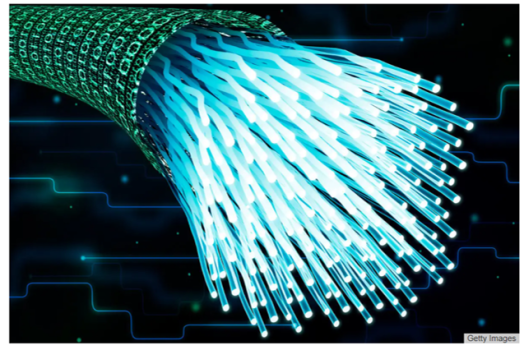K
Kathleen Martin
Guest
How many people on social media have friends only in their home city? Probably not very many, so we shouldn’t think that when Meta or others deploy a metaverse, the inhabitants will all be drawn from the same place.
To be successful, a metaverse has to support dispersed users, and the more successful it is, the more its users can be expected to be dispersed over a wider geography. Today, metro, but tomorrow the world. If, as the metaverse spreads out, latency issues destroy the synchronized behavior of the avatars, then it will lose realism and at some point that loss would constrain growth. We already know how to control access latency, but how do we control massive-metaverse latency? Answer: With Massive Metaverse Meshing.
It’s almost certain that metaverse realism will start by having low-latency access to a metro edge point that’s the on-ramp to metaverse processes. That handles users who are all in one metro area, and many metaverse manifestations (sorry, I couldn’t help myself) can be expected to stay within a metro area, among people who know each other. The next step is to handle all users with as little incremental latency as possible. That’s possible by optical meshing of the metro areas.
Massive-mesh architecture
Most metaverse users are likely to interacting with others at least within their own country, so let’s take the US as an example here. If we assume we have 100 major metro areas, which in the US would mean cities with more than about 230,000 in population, then the total number of simplex paths would be N(N-1), or 9,900. That would admittedly mean a lot of fiber runs over long distances, but you wouldn’t need to make each “path” a discrete fiber connection.
Electrical handling is what tends to add latency to connections, because of queuing. Optical handling, particularly when supported by very high-capacity interfaces, would add only a little. City A traffic might get to City C via City B, which means we could concentrate the metro areas in a region back to a “gateway city” and link those via optics.
If we used reconfigurable optical add-drop multiplexers (ROADMs) and DWDM, we could easily create an effective full mesh of metros using today’s technology. With minimal transit routing in each metro handled by those ROADMs, we’d add only a little latency to metaverse users' traffic anywhere in the US. Those gateway cities in the US could then be meshed with gateway cities in other countries, whose local metro areas would be similarly meshed. More mesh means less latency.
Continue reading: https://www.networkworld.com/article/3654914/how-to-build-a-high-speed-network-for-the-metaverse-of-things.html
To be successful, a metaverse has to support dispersed users, and the more successful it is, the more its users can be expected to be dispersed over a wider geography. Today, metro, but tomorrow the world. If, as the metaverse spreads out, latency issues destroy the synchronized behavior of the avatars, then it will lose realism and at some point that loss would constrain growth. We already know how to control access latency, but how do we control massive-metaverse latency? Answer: With Massive Metaverse Meshing.
It’s almost certain that metaverse realism will start by having low-latency access to a metro edge point that’s the on-ramp to metaverse processes. That handles users who are all in one metro area, and many metaverse manifestations (sorry, I couldn’t help myself) can be expected to stay within a metro area, among people who know each other. The next step is to handle all users with as little incremental latency as possible. That’s possible by optical meshing of the metro areas.
Massive-mesh architecture
Most metaverse users are likely to interacting with others at least within their own country, so let’s take the US as an example here. If we assume we have 100 major metro areas, which in the US would mean cities with more than about 230,000 in population, then the total number of simplex paths would be N(N-1), or 9,900. That would admittedly mean a lot of fiber runs over long distances, but you wouldn’t need to make each “path” a discrete fiber connection.
Electrical handling is what tends to add latency to connections, because of queuing. Optical handling, particularly when supported by very high-capacity interfaces, would add only a little. City A traffic might get to City C via City B, which means we could concentrate the metro areas in a region back to a “gateway city” and link those via optics.
If we used reconfigurable optical add-drop multiplexers (ROADMs) and DWDM, we could easily create an effective full mesh of metros using today’s technology. With minimal transit routing in each metro handled by those ROADMs, we’d add only a little latency to metaverse users' traffic anywhere in the US. Those gateway cities in the US could then be meshed with gateway cities in other countries, whose local metro areas would be similarly meshed. More mesh means less latency.
Continue reading: https://www.networkworld.com/article/3654914/how-to-build-a-high-speed-network-for-the-metaverse-of-things.html

